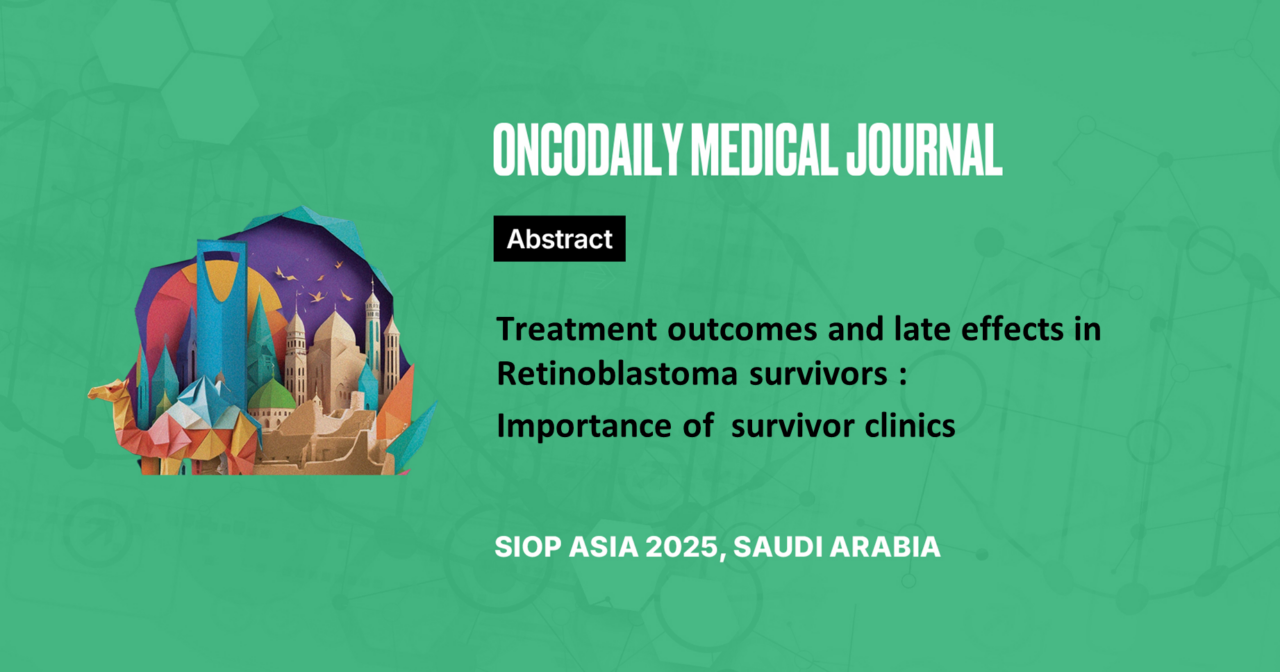Treatment outcomes and late effects in Retinoblastoma survivors: Importance of survivor clinics
Abstract
Introduction: India shares 20% of the global burden of Retinoblastoma (RB). With improved survival focus has now shifted from cure at any cost to cure at all cost with good quality of life and inclusion into society. While survivors’ ocular and visual problems and increased risk for subsequent malignancy are well documented, data on long term outcomes and health status of RB survivors is scarce. We report long term follow up of retinoblastoma cohorts at the cancer survivor clinic from India.
Methodology: Archive of patients who completed therapy, registered in the survivor clinic was explored. Details captured include demographics, growth, treatment exposures (Enucleation, Chemotherapy, Surgery, HSCT), disease outcomes, late effects including disability due to enucleation, vision loss, psychosocial issues and occurrence of Second neoplasm. Rehabilitation, genetic counseling, surveillance plan for child and family is done during survivorship.
Results: Between 2016 and 2024 , 292 RB patients were registered to the survivor clinic. Median age at diagnosis was 24 months; median follow-up time from diagnosis and end of treatment was 4.9 years and 3.8years . Intraocular (IORB) and extraocular (EORB) disease was seen in 64.7% and 30.05% .Family history was present in 9% cases. Growth was above third centile in about a third. Psychosocial assessment was done in majority. Few observed deficits included aggressive ,oppositional and defiant behaviour.
Chemotherapy was the commonest treatment exposure (98.96%),External radiotherapy (40-45 cGY) was given in (35-75%) patients. Enucleation was done in (81.86%) patients. Majority (88%) are alive and in remission, 5% relapsed and in remission, 4% expired, 3% children are lost to follow up. Genetic counselling, testing and interventions were done where required. Concerns include familial nature, use of prosthesis, ill fitted prosthesis, contracted socket, phthisis bulbi, psychosocial issues ,hearing deficit , second malignant neoplasm.
Conclusion: Late treatment-related concerns/complications/inclusion of children into society justify systematic long- term follow-up of childhood RB survivors at platforms like after treatment survivor clinics.





